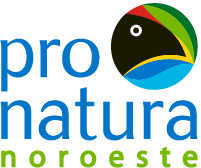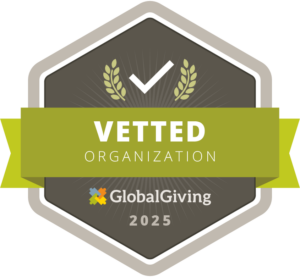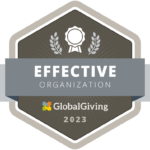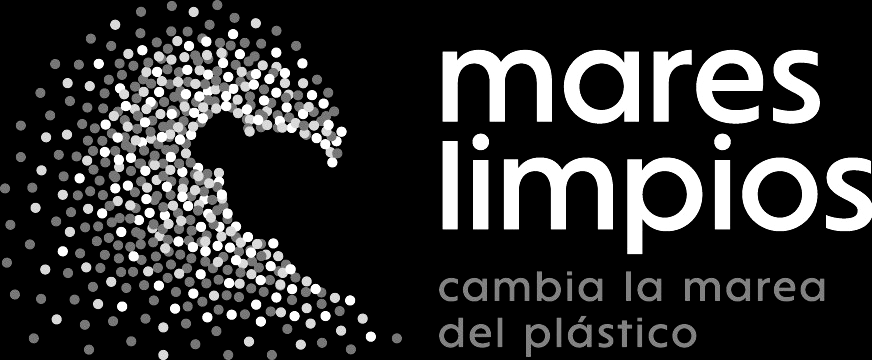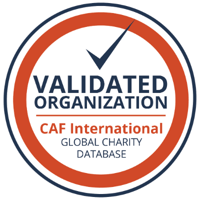Patagonia and Pronatura Noroeste are promoting a project in fishing communities of Sonora and Baja California to remove scrapped fishing gear from the sea. Nearly 40 tons have already been collected, while fishermen are being trained, and recycling initiatives are promoted.
The Gulf of Santa Clara faces a growing problem year after year—a plastic monster made up of scrapped fishing gear. It is not immediately visible, as the accumulation starts from the beach area and extends to the seabed, killing various marine species.
This monster is also known as “ghost nets” because, as the name suggests, they include fishing nets but also any object used for fishing, such as traps, buoys, and ropes. These objects become deadly traps for marine life and even pose a risk to people, as they have also harmed fisheries in the region over time.
Lizz González Moreno, coordinator of the Conservation Education Program at Pronatura Noroeste, has been working on a project called “For a Plastic-Free Sea” for over 10 years. She explained that by 2024, they already had materials, initiatives and a dedicated team of individuals interested in conservation.
The team acquired a plastic shredding machine and an injection molding machine, which allows them to create handicrafts from the collected waste, mainly polypropylene. However, they needed support to spread the word about this initiative in the Gulf of Santa Clara.
“We started working with a group of women called Cuidando al Playero Rojizo y al Pejerrey, and through them, we conducted a training session so they could develop a communication campaign about the impact of ghost nets,” said Lizz González Moreno.
The campaign was designed with three key objectives: to make information accessible to everyone, including non-fishers; to distribute it through multiple channels, especially social media; and to engage more people in the initiative.
A methodology and a timeline of topics were developed, and the campaign was documented collectively. The group shared posts through the social media accounts of Cuidando al Playero Rojizo y al Pejerrey and other women’s groups involved in the fishing industry.
“They took it very seriously and started coming up with great ideas, which is exactly what we wanted—community members expressing the issue in their own words,” said Lizz González Moreno.
This effort translated into extensive fieldwork, including visits and interviews, which eventually led to the creation of materials for a successful information campaign. The initiative gained the support of additional organizations, such as Las Pejerreynas, Pesca ABC, Reserva de la Biosfera del Alto Golfo de California, MAREM, Pronatura Noroeste, and Cuidando al Playero Rojizo y al Pejerrey.
A fair was organized to promote recycling as an option, featuring workshops, community gatherings, and exhibitions of handicrafts made from fish scales and waste. This helped spread awareness throughout the community that a change was beginning to take place in the Gulf of Santa Clara.
Reaching a Plastic-Free Sea
This ambitious project to create a plastic-free sea began in the Gulf of Santa Clara, led by Cuidando al Playero Rojizo y al Pejerrey in collaboration with Pronatura Noroeste and Patagonia.
The cleanup initiative was launched in the region of Sonora, in northwestern Mexico, due to its high biodiversity and its status as one of the most important fishing areas in the Gulf of California.
The project focuses on building local capacity to mitigate the effects of ghost fishing gear and marine plastic pollution—referring to all fishing tools that end up as waste in the ocean.
For example, small items like fishing lines, hooks, and bottles are commonly found, but the most harmful objects are buoys, ropes, and nets, as they pose a severe threat to the survival of fish, turtles, and other species, including the vaquita which is in danger of extinction.
This waste is often discarded directly into the sea or left on beaches and docks, eventually turning into deadly traps. Estimates suggest that between 500,000 and 1 million tons of abandoned, lost, or discarded fishing gear accumulate in Mexico’s seas each year.
While the primary issue is pollution that kills marine life, another serious consequence is the decline in fishery production.
Actions Taken to Free the Sea from Plastic
The efforts led by Patagonia and Pronatura Noroeste, together with other organizations such as Pesca ABC of San Felipe, the government of Sonora and the Secretariat of Agriculture and Rural Development, in the fishing communities of the Upper Gulf of California Biosphere Reserve, consist of cleaning, raising awareness, and training the community on the impacts of ghost fishing gear and plastic pollution.
Just in the Gulf of Santa Clara, 18 tons of disused fishing gear could already be collected.
A manual of good practices for beach cleaning and waste management was created, designed, and distributed within the community. An online course called “Ghost Nets and Plastics: An Invisible Threat” was held, which is available on the educational platform of Pronatura Noroeste. And a social media campaign was generated on Facebook and Instagram about ghost nets and plastics, reaching 7,153 people.
The “Among Ghost and Garbage” fair was held in which 363 people participated, and educational activities on recycling and waste management were carried out.
Agreements were made with seven community teachers to implement practices to reduce single-use plastic in local schools, in addition to training 35 young people and 18 environmental promoters on the issues of marine plastic pollution and ghost nets. However, the most important achievement was the increased awareness of the impacts of ghost nets and marine plastic pollution.
18 Tons of Garbage: A Success Story
Las Pejerreynas, Pesca ABC, Reserva de la Biosfera del Alto Golfo de California, MAREM, Pronatura Noroeste,Cuidando al Playero Rojizo y el Pejerrey worked together with Pesca ABC to clean up the Gulf of Santa Clara, across a project called the “Disused Fishing Gear Collection and Recycling Tournament“.
It was a campaign that began on August 17th and ended on September 17th. The success was such that in the first 15 days, 10 tons were collected, and by the end of the month, an additional eight tons were gathered. The top three places that collected the most weight: the first place received $12,000 pesos, the second place received $8,000 pesos and the third received $4,000 pesos.
The recycled fishing gear was only those made with multifilament nylon, polyethylene and polyamide, materials that take at least 100 years to deteriorate.
Fishing gear becomes a source of pollution for fishermen, especially those who carry out the activity on the shore, as many nets get stuck in the rocks.
It is important to highlight that fishermen from the Gulf of Santa Clara pointed out that a significant portion of fishing gear waste is due to the difficulty of repairing shrimp nets, which are often discarded. Of the 18 tons collected, most were nets, but there were also ropes.
An important finding to highlight is that an analysis was made with a sample of three tons of waste, revealing that 97 percent were nylon monofilament nets.
Five tons were sent to the OLA Mazatlan recycling center, where the plastic can be used to create food utensils and other fishing-related items such as boards, coolers, or repair tools. Another part of the collected material was sent to the Upper Gulf of California and Colorado River Delta Biosphere Reserve to conduct tests on monofilament nets as part of an effort to analyze the environmental impact. The rest of the waste was transported to the Mexicali landfill due to its advanced deterioration.
What ‘s Next?
The most important problem in the Upper Gulf is the waste generated by nylon monofilament nets, it is a plastic that cannot be recycled easily.
“Many of the nets that have been collected were stored in homes and backyards, because they were no longer going to be used, but in the next season, more will be used, and what we want is for them to be left in the collection centers,” said Lizz Gonzalez Moreno. “Monofilament nets have a highly toxic composition, and we cannot use the machinery we currently have,” she added.
The main goal is to prevent the nets from ending up in the sea and instead have them deposited in specialized spaces, where they can later be processed with specialized machinery.
The coordinator of the Conservation Education Program at Pronatura Noroeste explained that they are now looking for funding to find a way to process the nets, because once achieved, these materials will be used.
Translated by: Fernanda Izabal and Paulina Arce
Reviewed and edited by: Christian Cid
